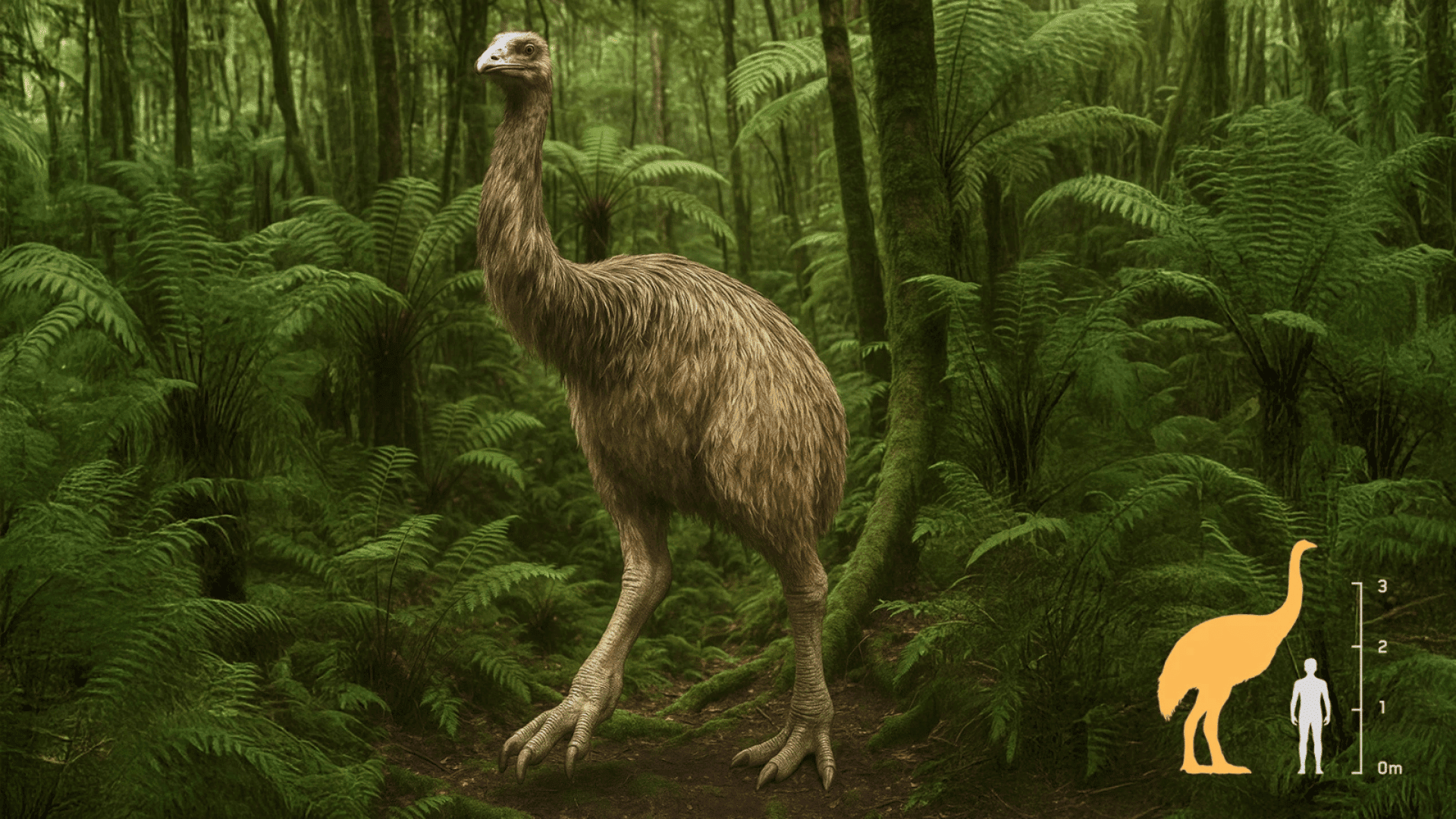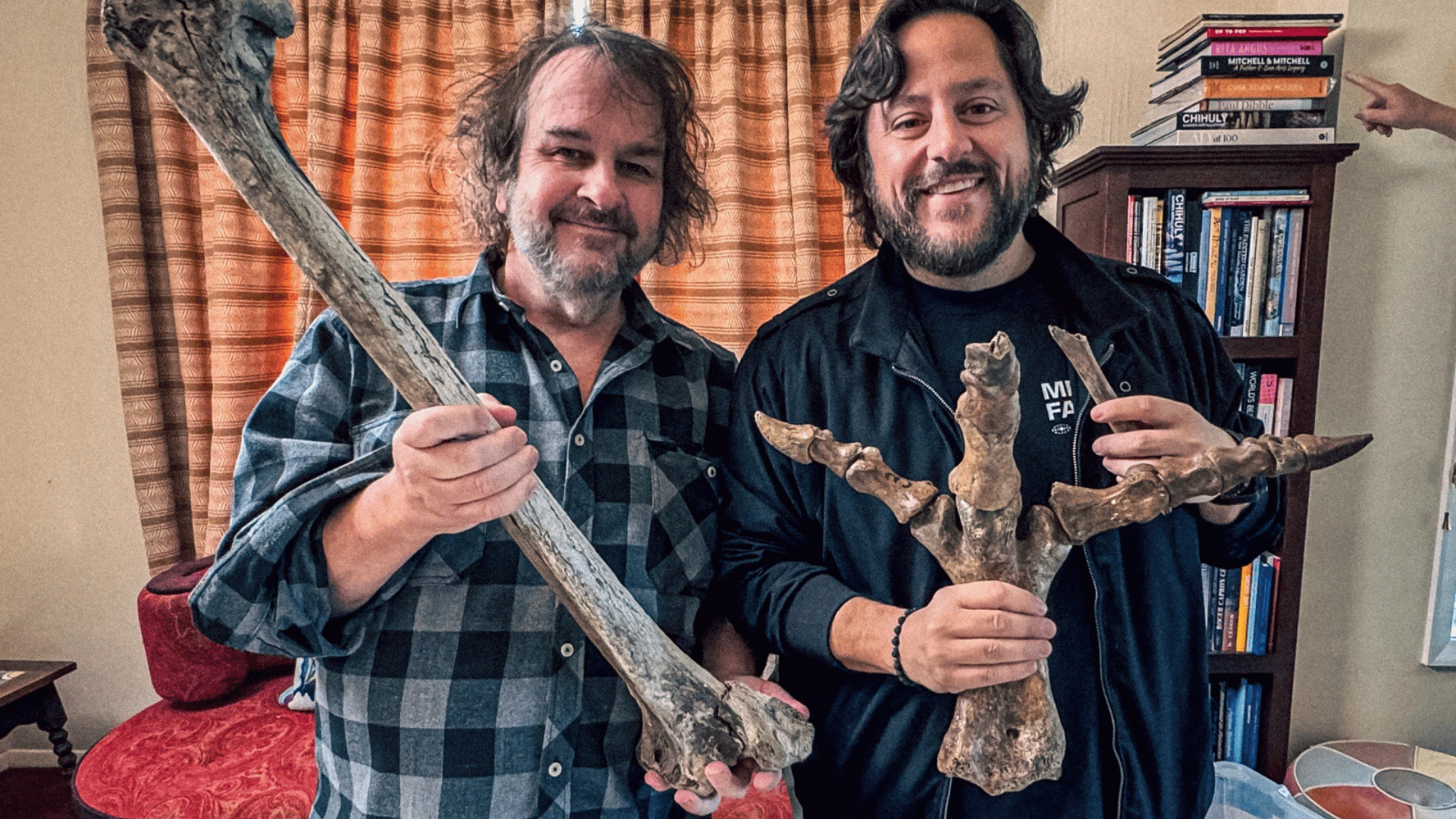After George R.R. Martin gave his endorsement of the dire wolf resurrection, Peter Jackson, the filmmaker behind The Lord of the Rings and The Hobbit films, is partnering with Colossal Biosciences to bring back an extinct New Zealand bird called the moa.
Resurrecting Extinct Animals with Gene Editing

Colossal Biosciences has announced an effort to genetically engineer living birds with traits that resemble the extinct South Island giant moa, with $15 million in funding from Jackson and his partner Fran Walsh. Jackson owns one of the largest private collections of bones of the extinct bird.
“The movies are my day job, and the moa are my fun thing I do,” said Jackson in a press release. “Every New Zealand schoolchild has a fascination with the moa.”
Similar to Colossal Biosciences’ plans to resurrect the woolly mammoth and the dire wolf, this process would involve genetically tweaking the traits of living animals to resemble their deceased relatives rather than physically bringing back an extinct species.
Once standing 12 feet tall, the moa inhabited New Zealand for approximately 4,000 years until it became extinct around 600 years ago due to overhunting.
Colossal’s work with this species began approximately two years ago when Jackson had heard about its plans to “de-extinct” species like the woolly mammoth or direwolf. Jackson put Colossal in contact with experts he’d met through his moa bone collecting, as he’d already collected between 300 and 400 bones at that time.

“Why aren’t you doing the moa, which is a thing that I really care about?” Jackson told USA Today he asked the genetics wizards at the company, referencing the species of flightless birds that were indigenous to New Zealand but went extinct about 600 years ago.
“I mean, the Tasmanian tiger … and the mammoth’s great, and everything else, but the moa is the thing that I was really passionate about,” Jackson said. “And they said, ‘sure we’d love to do it’.”
According to Colossal’s chief scientist, Beth Shapiro, the first stage of the project will involve identifying well-preserved bones that may contain DNA samples. The DNA sequences will be examined alongside genomes of living bird species, “to figure out what it is that made the moa unique compared to other birds,” Shapiro said in a press release.


